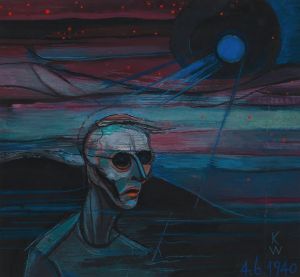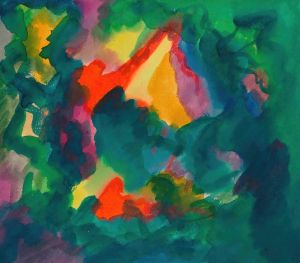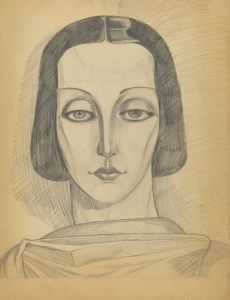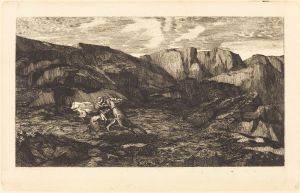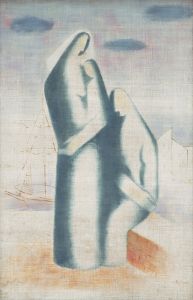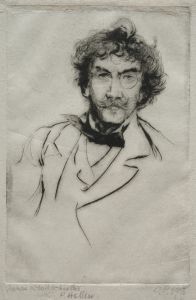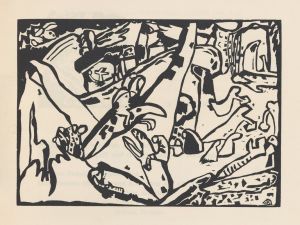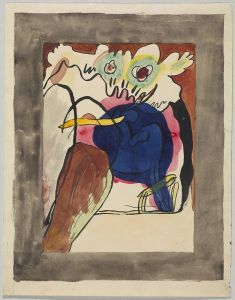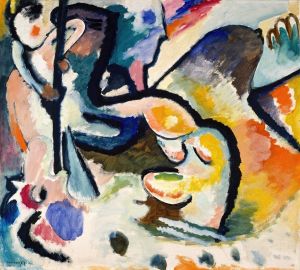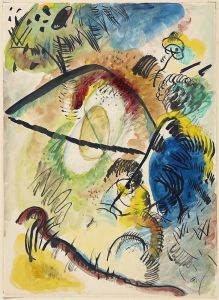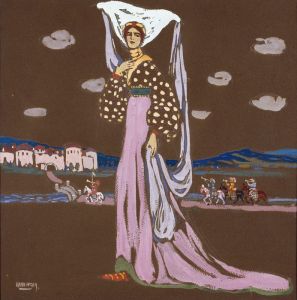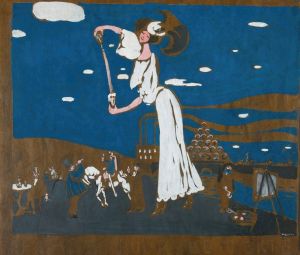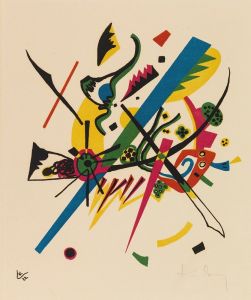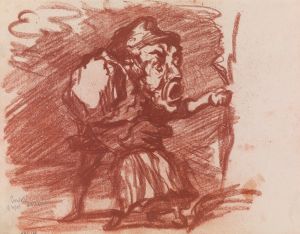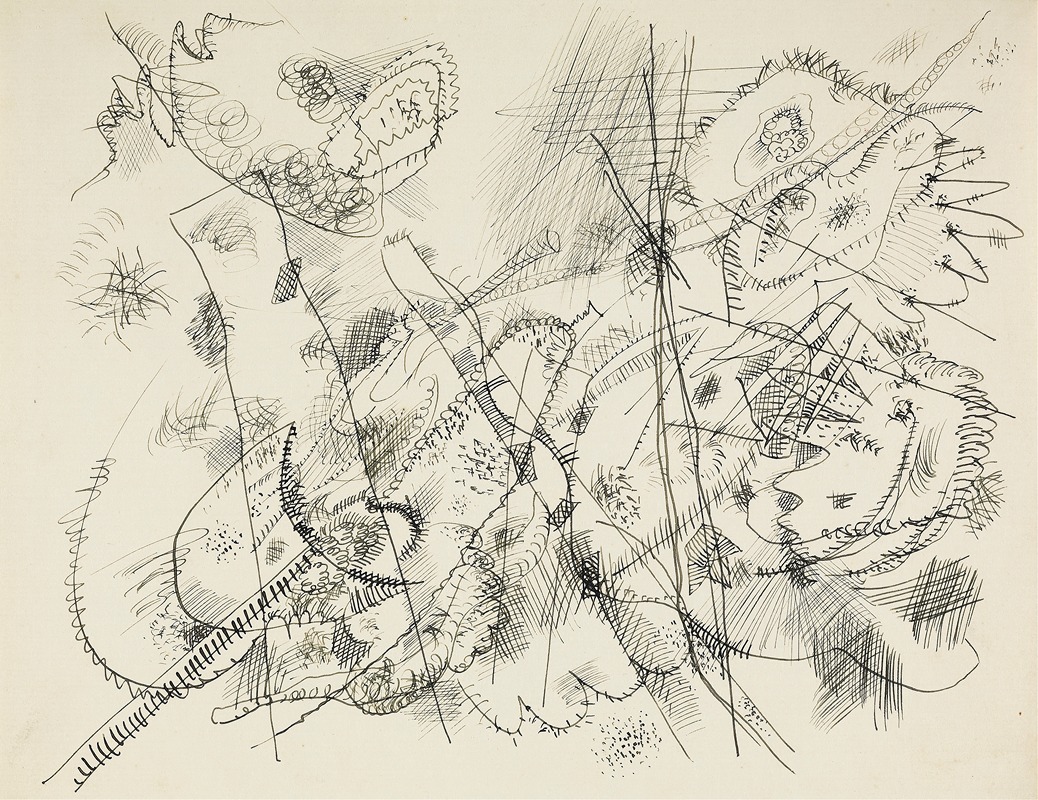
Design for an etching
A hand-painted replica of Wassily Kandinsky’s masterpiece Design for an etching, meticulously crafted by professional artists to capture the true essence of the original. Each piece is created with museum-quality canvas and rare mineral pigments, carefully painted by experienced artists with delicate brushstrokes and rich, layered colors to perfectly recreate the texture of the original artwork. Unlike machine-printed reproductions, this hand-painted version brings the painting to life, infused with the artist’s emotions and skill in every stroke. Whether for personal collection or home decoration, it instantly elevates the artistic atmosphere of any space.
Wassily Kandinsky, a pioneering figure in abstract art, created "Design for an etching" during a period of significant artistic exploration and innovation. Kandinsky, born in Moscow in 1866, was a Russian painter and art theorist who is often credited with painting one of the first recognized purely abstract works. His contributions to art were not only in the form of paintings but also through his theoretical writings, which have influenced generations of artists.
"Design for an etching" is one of Kandinsky's works that exemplifies his transition from figurative art to abstraction. Although specific details about this particular piece are limited, it is consistent with Kandinsky's broader artistic journey during the early 20th century. This period was marked by his involvement with various art movements and his development of a unique visual language that emphasized color, form, and spiritual expression.
Kandinsky's work during this time was heavily influenced by his belief in the emotional and spiritual power of art. He sought to convey feelings and ideas through abstract forms and colors, rather than through representational imagery. This approach was revolutionary and laid the groundwork for future abstract artists. Kandinsky's theoretical writings, such as "Concerning the Spiritual in Art," published in 1911, articulated his vision of art as a means of transcending the material world and accessing deeper spiritual truths.
In "Design for an etching," Kandinsky likely employed his characteristic use of geometric shapes, lines, and vibrant colors to create a composition that invites viewers to engage with the work on an intuitive level. His use of abstraction was intended to evoke an emotional response, allowing the viewer to experience the artwork in a personal and subjective manner.
Kandinsky's work was also influenced by his involvement with the Blaue Reiter group, an association of artists that he co-founded in Munich in 1911. The group was dedicated to exploring new artistic ideas and breaking away from traditional artistic conventions. Through his association with the Blaue Reiter, Kandinsky was able to collaborate with other avant-garde artists and further develop his abstract style.
Throughout his career, Kandinsky continued to refine his approach to abstraction, experimenting with different techniques and materials. His work has had a lasting impact on the development of modern art, and he is regarded as a key figure in the transition from representational to abstract art.
"Design for an etching" is a testament to Kandinsky's innovative spirit and his commitment to exploring the possibilities of abstract art. While specific information about this piece may be limited, it remains an important part of Kandinsky's artistic legacy and his contribution to the evolution of modern art.





